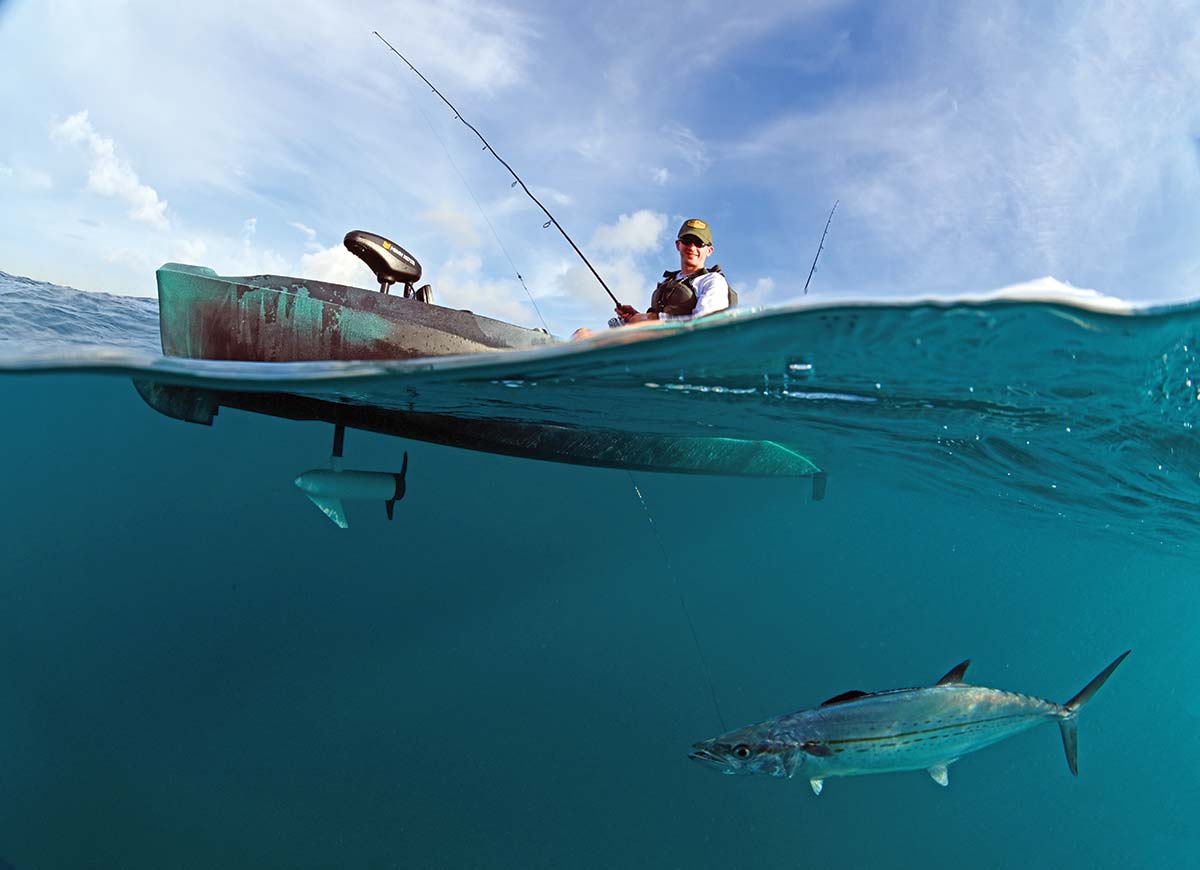Halibut fishing is a favorite pursuit for anglers in regions like Alaska and California, where these powerful fish thrive. Success in halibut fishing heavily depends on understanding and adapting to the ideal conditions. This article dives into the key factors that influence halibut fishing, including seasonal timing, weather, tides, and more.
Seasonal Considerations
Best Months for Halibut Fishing:
The best time for halibut fishing varies by location but is generally influenced by water temperatures and seasonal fish migrations.
- Alaska: The prime season for halibut fishing in Alaska runs from mid-May to mid-September. During these months, the water temperatures are optimal, and halibut are more active and accessible in shallower waters. Early in the season, they can be found in depths ranging from 80 to 120 feet, while later in the season, they may move deeper as temperatures rise.
- California: In California, the fishing season for Pacific halibut typically spans from May through November, with peak activity in the summer months. Northern and Southern California have slightly different conditions, with the colder waters of the north often producing better catches during the early season, while Southern California offers extended opportunities due to its milder climate .
Weather Conditions
Wind and Waves:
Halibut fishing is best on days with calm seas and light winds. Strong winds and choppy water can make it difficult to keep bait on the bottom, where halibut feed, and can also make the overall fishing experience less pleasant. Ideal conditions are when the water is relatively calm, allowing for better boat control and more precise placement of bait.

Cloud Cover and Light:
Halibut are bottom dwellers and prefer low-light conditions. Overcast days, which reduce sunlight penetration into the water, can lead to better fishing conditions as halibut are more likely to be active. Conversely, bright, sunny days may push halibut deeper, making them harder to catch .
Temperature:
Halibut are cold-water fish, with an optimal temperature range of 37-46°F in regions like Alaska. In warmer waters like those off the California coast, they can be found in slightly warmer conditions, but they still prefer cooler, deeper waters during the heat of summer. Sudden temperature changes, such as those caused by warm currents, can make halibut more sluggish and less likely to bite .
Tides and Currents
Tide Changes:
Fishing during tide changes, particularly around high tide and low tide, is often more successful for halibut. These periods of moving water help stir up the bottom, making bait more attractive to halibut as they hunt for food. Slack tide, the period just before the tide turns, can also be productive as halibut often take advantage of the still water to feed.
Current Speed:
The speed of the current plays a crucial role in halibut fishing. Ideally, a moderate current that is not too strong or too weak is preferred. Strong currents can make it difficult to keep the bait on the bottom, where halibut are feeding, while weak currents may not provide enough movement to attract the fish. Adjusting your fishing techniques, such as using heavier weights or different rigs, can help in managing different current speeds.

Depth and Location
Optimal Depths:
The ideal fishing depth for halibut varies depending on the season and location. In Alaska, halibut are often found at depths of 80 to 200 feet during the peak fishing season. However, they can be found even deeper later in the season as they move to cooler waters. In California, they are often found in shallower waters, especially near the coast, but can also be targeted in deeper offshore areas.

Selecting the Right Spot:
Halibut are typically found near underwater structures such as reefs, drop-offs, and sandy bottoms. These areas provide ample feeding opportunities for halibut as they hunt for smaller fish and other prey. Using a fish finder to locate these structures can significantly increase your chances of success. In areas like Alaska, fishing near underwater ledges or rocky outcrops can be particularly productive.

Robert Smith is the proud owner of Bait Barrels and Bows, a premier fishing sports store established in 1989. With over three decades of experience in the industry, Robert has honed his skills to become an expert angler, sharing his vast knowledge and passion for fishing with enthusiasts around the world. Through his store and writings, Robert provides invaluable tips and guidance, helping both novice and seasoned anglers improve their techniques and enjoy the sport to its fullest. His commitment to the fishing community is evident in his dedication to quality products and excellent customer service.

